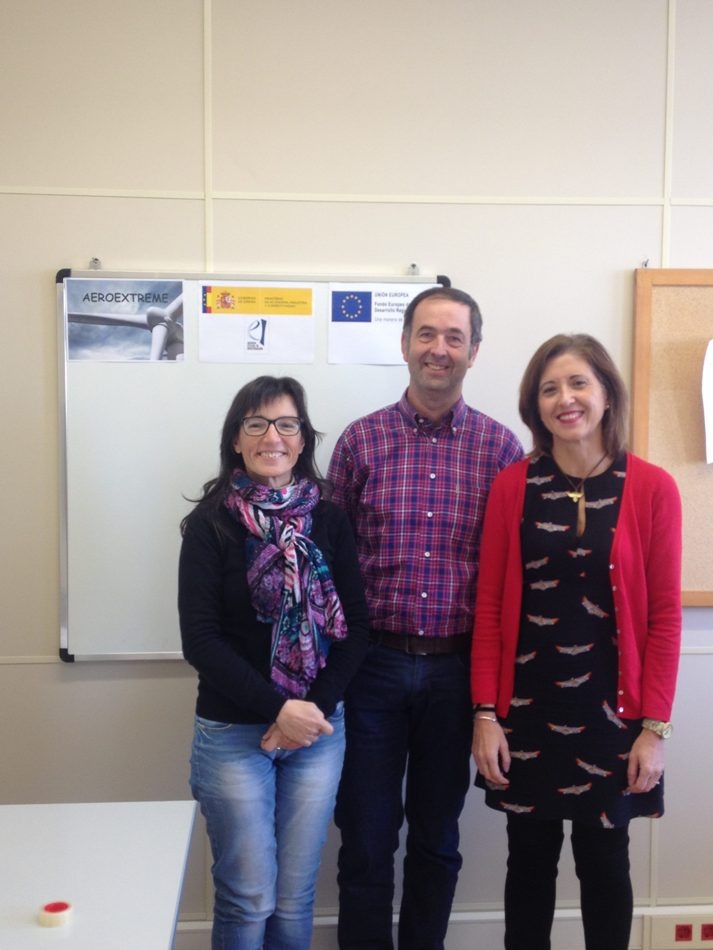Jan 11 2018
The University Institute of Ceramic Technology Agustín Escardino of the Universidad Jaume I in Castellón, Spain, is involved in designing new materials for the construction of wind turbines, which are resistant to extreme climate. The AeroExtreme project, led by company Siemens Gamesa, will be functioning until the end of 2018 and is co-financed by the Spanish Ministry of Economy, Industry and Competitiveness as well as FEDER Funds.
 Photo credit: ruvid
Photo credit: ruvid
Electric power produced from renewable energy (e.g. wind power) has become progressively popular in Europe over the last few years. According to WindEurope, this type of energy signified 51 % of all energy produced in new facilities opened during 2016, replacing those that utilize fossil fuels.
Large wind turbines tend to face hostile weather conditions such as an abundance of dust, the continuous impact of particles transported by wind at high speeds, very low or high temperatures and exposure to UV rays. To increase energy production efficiency and decrease repair costs, it is now necessary to create advanced performance materials that resist such extreme conditions.
The AeroExtreme project explores various active and passive solutions for the blades and the nacelle (internal structure on which the blades rotate) with the aim of continuing high yields of electrical power production and high durability in extreme climatic conditions.
Wear caused by the accumulation of dirt, dust particles suspended in the air and the growth of microorganisms in the blades considerably lowers their energy production efficiency because of the damage to their aerodynamic shape. Within the project’s framework, the ITC has developed a type of material with far greater resistance to erosion than those presently used, as well as photocatalytic and antifouling coatings, which also possess heightened durability.
The previous developments of the ITC in nanotechnology and the interdisciplinary collaboration have been key elements for the success of the solutions found, whose implementation will be carried out soon.
Vicente Sanz, Chief Researcher
The project, co-financed by the Spanish Ministry of Economy, Industry and Competitiveness in the call Challenges-Collaboration 2016 (RTC-2016-4712-3), has the support of the European Regional Development Fund (ERDF) and is directed by the Siemens-Gamesa company. It also has the support of companies such as Laurentia and technology centers such as Tekniker and Aimplas for the manufacture of nanoparticles and the creation of superhydrophobic and anti-freeze coatings.